15 high-performing LinkedIn post ideas for UK brands 2025
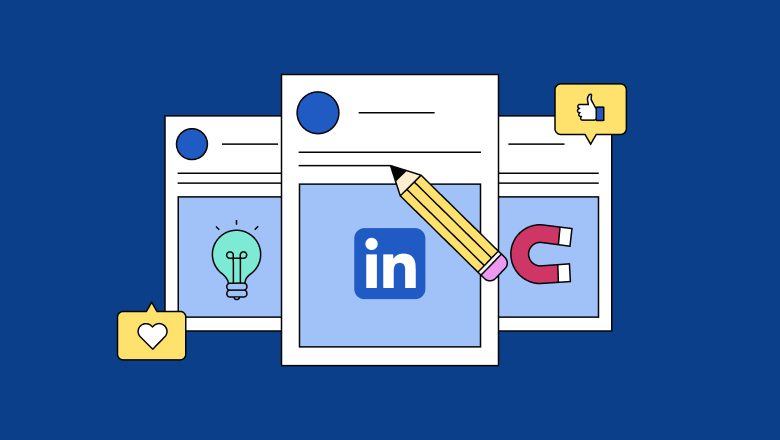
Table of Contents
Trying to reach UK professionals on LinkedIn? It’s a tough nut to crack, but the potential is huge.
You need proven, ready-to-go content ideas tailored for UK audiences. With the right mix, filling your calendar with content that achieves a range of business goals becomes easy.
Here’s how smart brands are using LinkedIn content to zero in on UK audiences.
Why LinkedIn matters for UK brands
As of January 2025, 44.6 million people in the UK use LinkedIn, ranking fifth globally. Considering the top four are the world’s most populous countries, UK usage per capita is remarkably high.
This means a LinkedIn business page isn’t a nice-to-have for UK brands—it’s a must. Professionals in the UK expect you to have a LinkedIn presence and produce valuable content.
Here’s why UK brands must be on the social media platform.
1. Connect with local professionals
LinkedIn makes it easy to connect with a global audience and talent pool, but if you want to keep it local, it’s equally easy to do so.
There are numerous ways you can build and foster local networks on LinkedIn. You can narrow down your search for local professionals using location-based search filters, join UK-based LinkedIn groups or tailor your content to issues affecting the UK (more on this later).
2. Differentiate your brand from global competitors
Global brands often miss the mark when it comes to UK audiences—whether it’s tone, timing or cultural context. That’s where local businesses have the edge. When your content reflects UK-specific trends, language, values or regulations, it translates to more trust, stronger engagement and a deeper connection.
3. Engage audiences with relevant, timely content
Local brands will always have the edge in content.
As a local who can react to UK news and events as they unfold, you have the chance to be the conversation starter. With in-depth knowledge of the local setting, you can also go beyond the surface and share real insights that other locals will resonate with.
15 LinkedIn post ideas for UK brand growth
LinkedIn post ideas featuring your business
1. Share your brand story
Share your brand story and take your followers on a journey.
Emphasise the values that brought you to where you are, what challenges you’ve met since your company’s inception and why your brand continues to serve its customer base. Doing this will attract users who align with your message.
You could achieve this with a carousel or a short video starting with your humble beginnings and showing your business evolution over the years. Even a brief post like the one below could do the trick.
Source: LinkedIn
2. Celebrate employee and company milestones
Showing that you’re hitting targets and moving in the right direction is always worth sharing on LinkedIn.
It builds credibility by demonstrating forward momentum, reassuring existing clients and enticing prospective ones. Note that tone matters—especially to UK audiences. You want to avoid the brag (and you definitely want to avoid the humble brag). Below is an example that gets it right. It projects excitement and team pride without coming off as too self-confident—exactly the balance you need to strike.
Source: LinkedIn
3. Invite followers behind the scenes
If you can demonstrate to your followers what your company culture looks like in action, it will help build confidence.
This could be highlighting what’s new in your office, snapshots of team members hard at work or a day-in-the-life LinkedIn video.
Positive company culture is increasingly sought after by employees. This type of content will help attract top talent.
Source: LinkedIn
4. Reshare positive press and testimonials
Be sure to reshare any positive press or customer testimonials you receive. Whether it’s comments from a satisfied client or a feature in a business publication, tag and thank the poster for their kind words.
Source: LinkedIn
5. Feature your employees
Showcasing your employees and their achievements not only introduces your people to your target audience but also helps build company culture. You might even introduce multiple employees at a time with a LinkedIn carousel post.
Employees feel recognised when you show off their hard work, and prospective employees get the sense that you’re the kind of company that celebrates their people (a big win for talent outreach).
Source: LinkedIn
Industry-focused LinkedIn thought leadership content
6. Publish thought leadership content
It’s worth making a distinction between ordinary content and thought leadership content.
Thought leadership is a type of content that establishes you as an expert. It demonstrates your valuable insights and deep subject matter expertise.
Most people think of thought leadership as white papers and in-depth industry reports, but it doesn’t have to be. It can be as simple as a short blog or LinkedIn post. The distinction lies in the authoritative tone, unique perspective and unmistakable expertise it takes to produce it.
Also, note that the UK does thought leadership differently. “Hot-takes” and bold predictions based on insufficient evidence might be a hit with the algorithm, but it will leave UK audiences cold. Instead, demonstrate real expertise and focus on your target audience. It may not create as much buzz, but it will land with the right people.
7. Invite followers to local events and conferences
Let your LinkedIn audience know when your team will attend or host UK-based events. This could be industry conferences, seminars or networking meetups.
Doing so highlights your brand’s active role in the local industry but also creates opportunities to connect with your online audience face-to-face.
Source: LinkedIn
LinkedIn post ideas for sparking engagement
8. Share new job openings
Posting about job openings does more than help you find the right local talent—it signals growth and forward momentum, boosting confidence in your success.
Make sure you tag the team or department the role sits in and encourage resharing to help find the right candidate.
Source: LinkedIn
9. Highlight partnerships with UK organisations or charities
If you’re partnered with a UK-based charity, be sure to shout them out.
Potential clients need to know your business is driven by more than the bottom line. Whether you’re working with an NGO or a UK-based nonprofit, or even your local football team, let your audience know how and (more importantly) why you’re involved.
It could be a simple re-share of their content or an in-depth article on your involvement.
Source: LinkedIn
10. Poll your audience about timely UK topics
Show you’re keeping your finger on the pulse by sparking discussion on issues that matter to your local industry. Aim to be a hub for meaningful discussion—a kind of digital watercooler for local professionals.
You could:
- Share a recent UK industry news story and ask your audience what they think
- Create a poll about policy changes, regulations or regional market shifts
- Invite input on business challenges unique to the UK
Note that these can get contentious, but that’s OK. The comment section of your content should be a place for robust discussion among professionals who care, not back-patting and low-effort replies.
Source: LinkedIn
11. Showcase ethical practices
Ethical practices are becoming an increasingly important consideration for B2B consumers. A report by Fleishman Hillard UK demonstrated that Environmental, Social and Governance issues (ESG) had the following impacts on the B2B buying process:
- 42% of companies have already switched suppliers due to inadequate ESG credentials.
- 73% of large businesses say that ESG practices will become more important to the decision-making process in the future.
- 50% of businesses seeking a new supplier say that ESG is a major reason for their search.
In other words, a huge number of businesses are dissatisfied with their providers and are looking for an ethical alternative.
Post about what you’re doing to combat gender inequality in the workplace or what you’re doing to combat the climate crisis. It could reap outsized returns.
Source: LinkedIn
12. Celebrate customer wins
Highlighting your customers’ successes is a powerful way to build credibility and strengthen relationships. This could take the form of a case study that walks your audience through a standout customer journey or simply a repost of a client’s achievement with a supportive caption.
Sharing these stories shows existing customers that you’re invested in their success and signals to potential clients that you’ll bring the same level of care and support to them.
Tag the customer (with permission) and include a quote or result to make the post more engaging and authentic.
Source: LinkedIn
13. Showcase awards or certifications
If you’ve been recognised at a local awards night or your team has earned a new certification, don’t be modest—share the news with your audience.
Celebrating your team’s achievements showcases your commitment to excellence and bolsters your reputation as a company with top talent.
Tag the awarding body and include a photo or quote from the event to increase visibility and engagement.
Source: LinkedIn
14. Share long-form content from external platforms
You can also use LinkedIn to drive traffic to other platforms where you produce long-form content.
This could be:
- A podcast where you interview local entrepreneurs about their success stories or discuss industry trends
- A YouTube channel where you produce informative videos jam-packed with infographics and industry insights
- A webinar where you demonstrate your subject matter expertise
- A blog post about how to solve specific business problems faced by potential clients
Long-form content is uniquely useful as it takes longer to consume. The extended time a user spends chewing on a piece of content increases its visibility in algorithm-driven platforms and keeps your brand top of mind.
Source: LinkedIn
15. Don’t be afraid to get a little tongue-in-cheek
While all of the above is crucial, we all know LinkedIn content can come across as a little wooden and inauthentic.
You know the type.
If it makes sense for your brand, don’t be afraid to be a little cheeky from time to time.
Now, this should be thought about carefully. It does not make sense for an investment bank firm to create satirical content like Ken Cheng.
Source: LinkedIn
But if you’re a creative agency or a media production house, sharing a satirical post or meme could hit the mark.
Brand authenticity matters most. If being light-hearted and playful is already part of your brand and company culture, go for it. If not, keep it professional.
Grow and engage your LinkedIn audience
From celebrating milestones to becoming a local thought leader, LinkedIn remains an excellent tool for UK brands to connect.
With a solid LinkedIn presence backed by a content strategy built on best practices—plus a variety of post ideas at the ready—you’re poised to make a real impact on LinkedIn.
If you’re ready to turn LinkedIn into a real growth lever, Sprout Social is in your corner.
With intuitive tools that make scheduling, publishing and tracking high-performing social media content, you can focus on crafting outstanding content that connects with the local market.
Start your free trial with Sprout Social today.

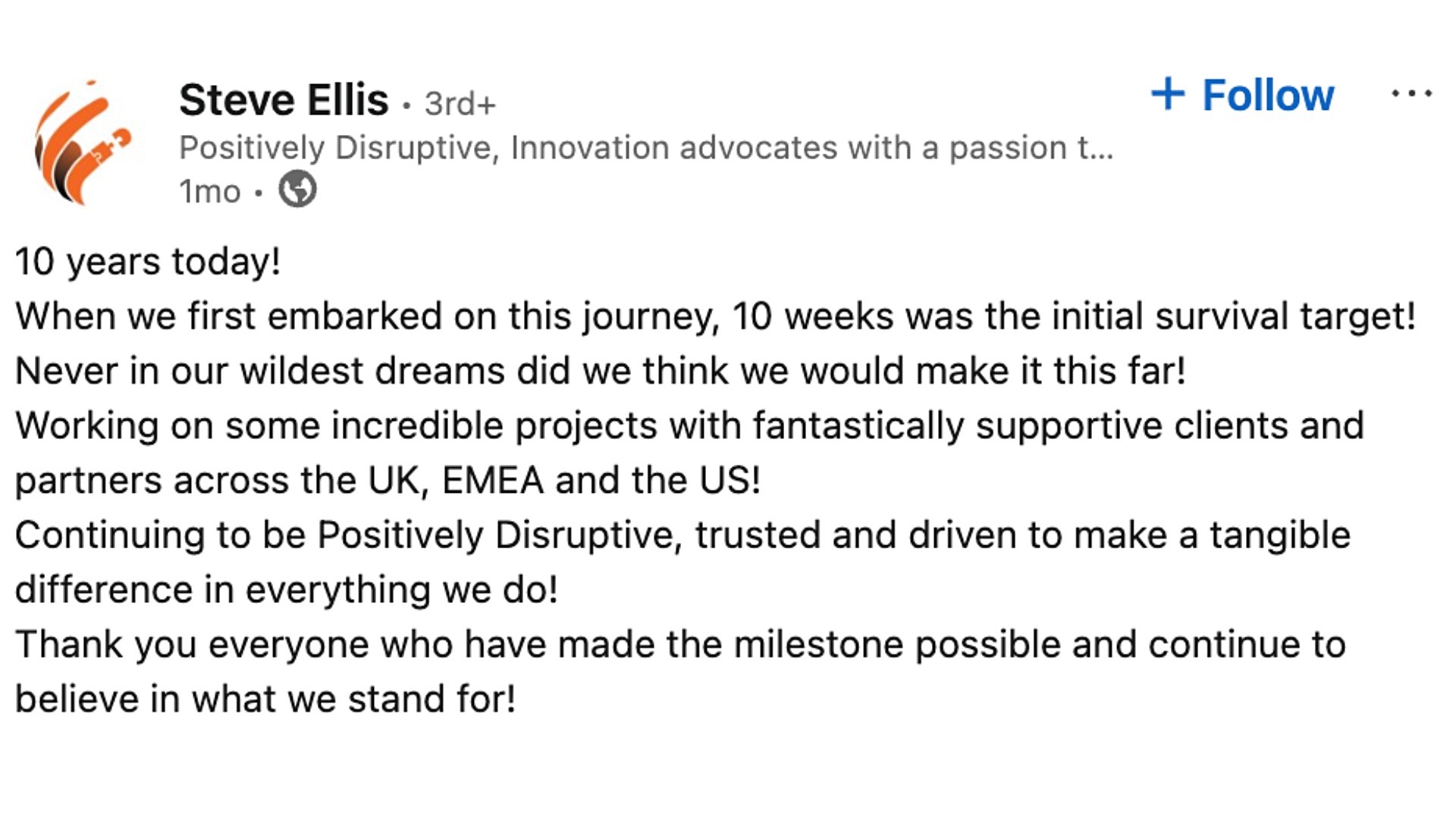
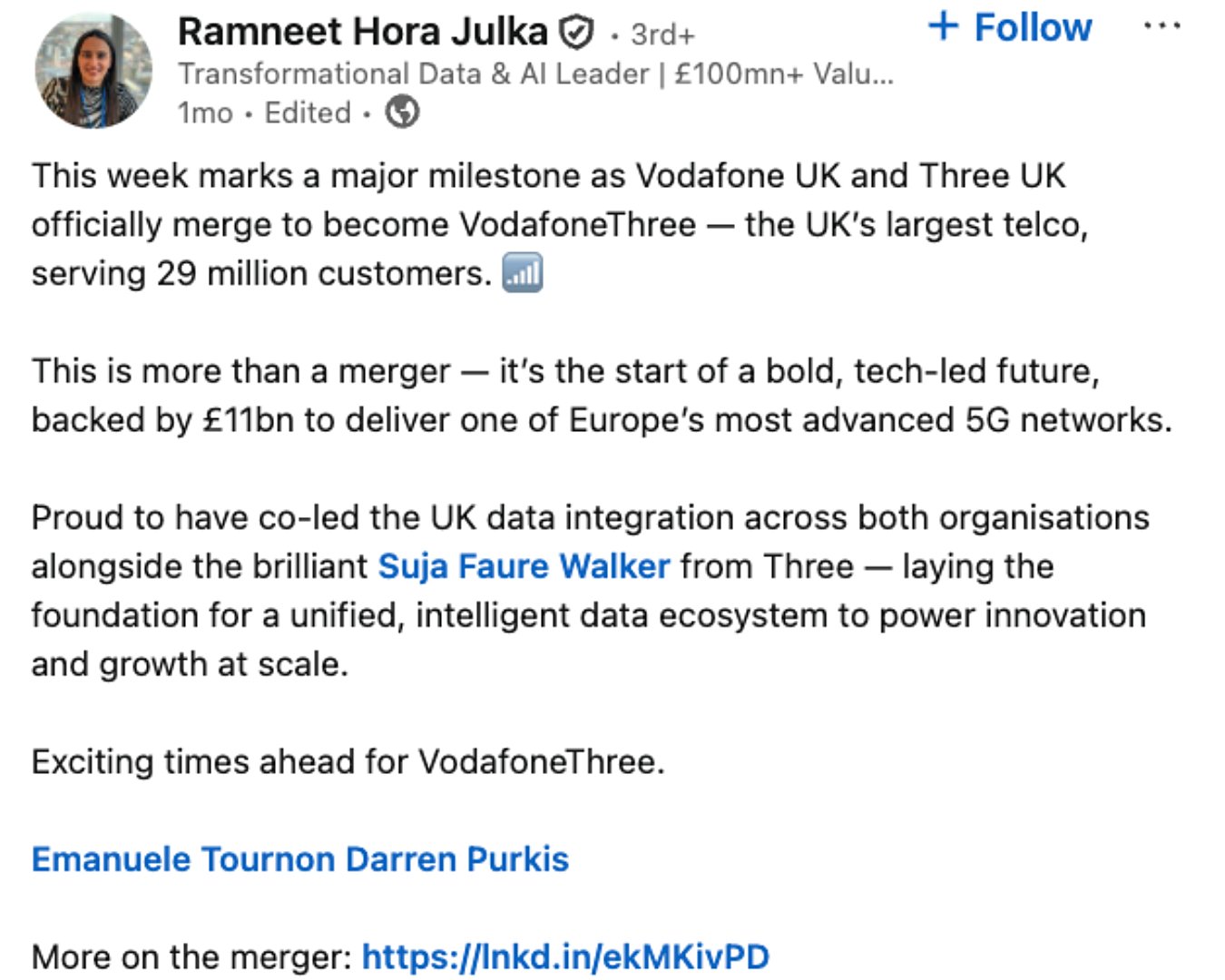
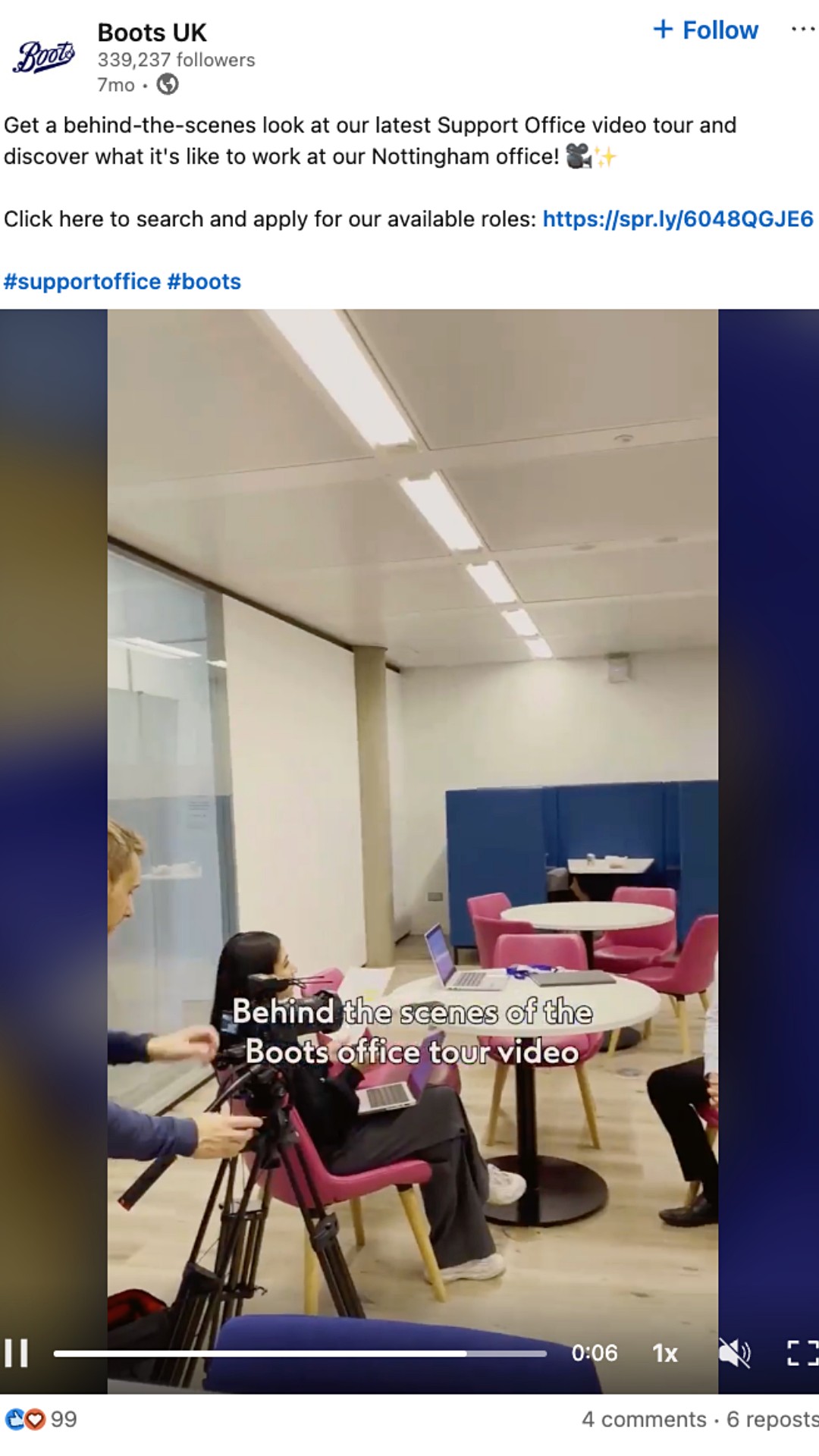
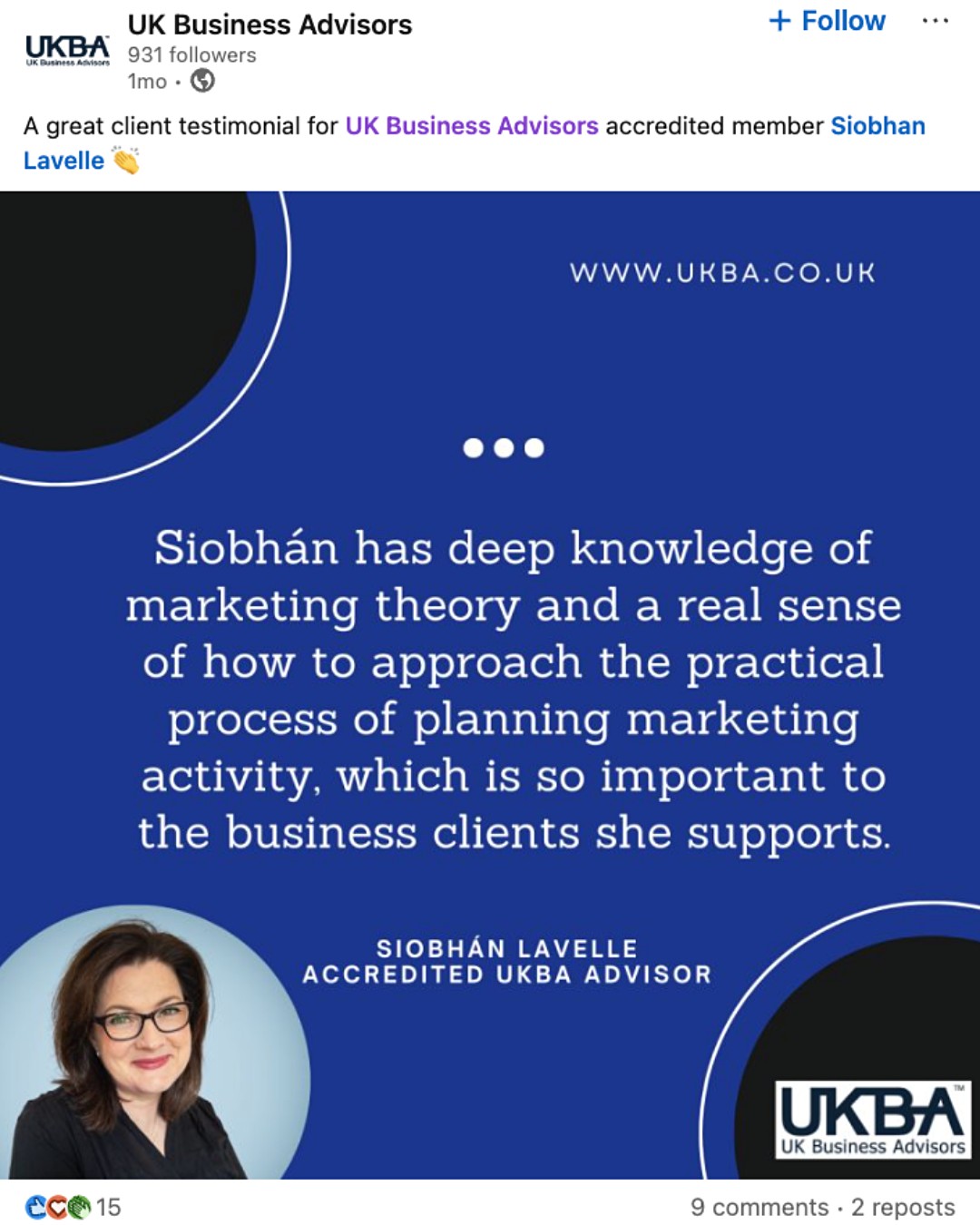
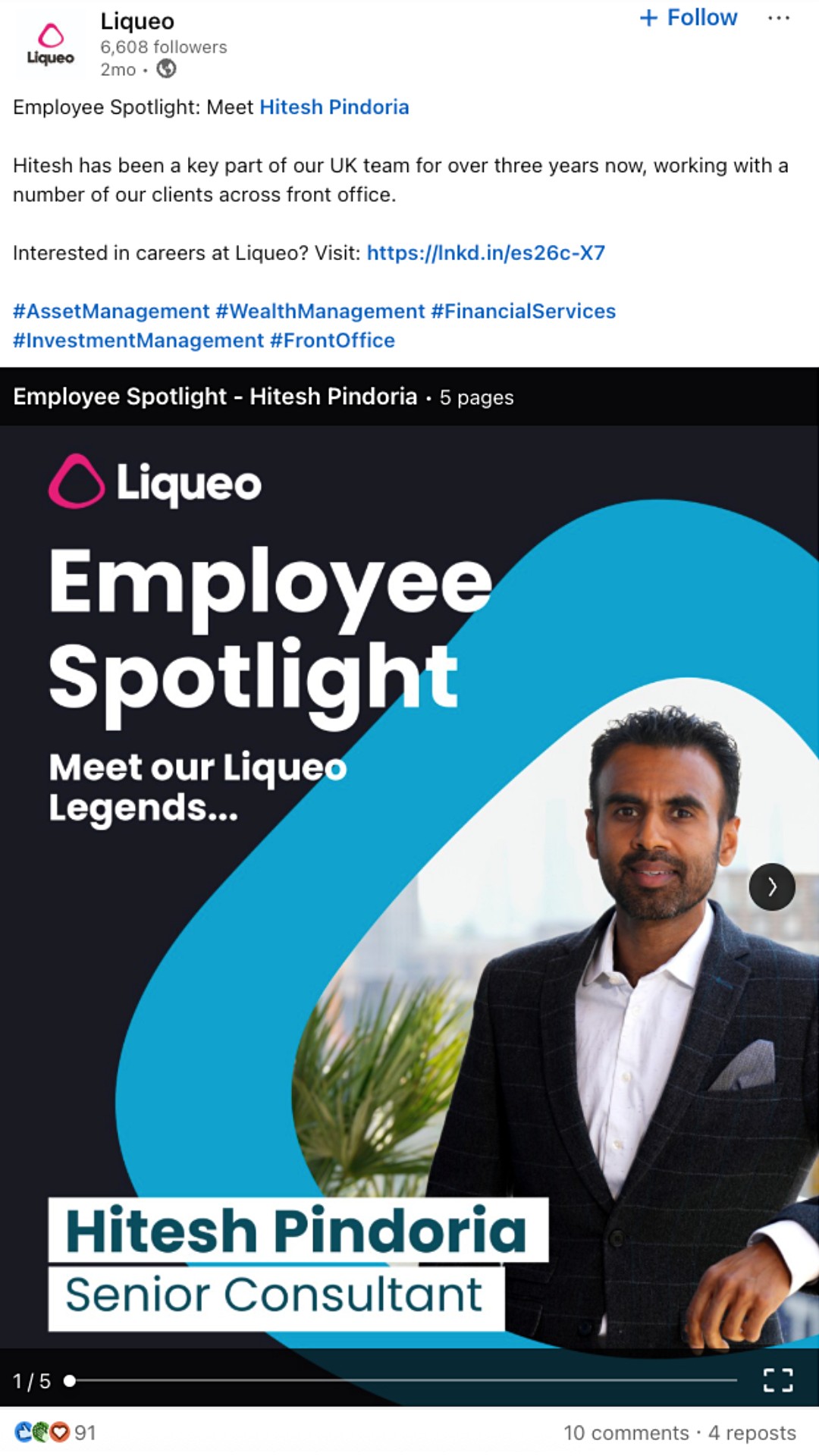
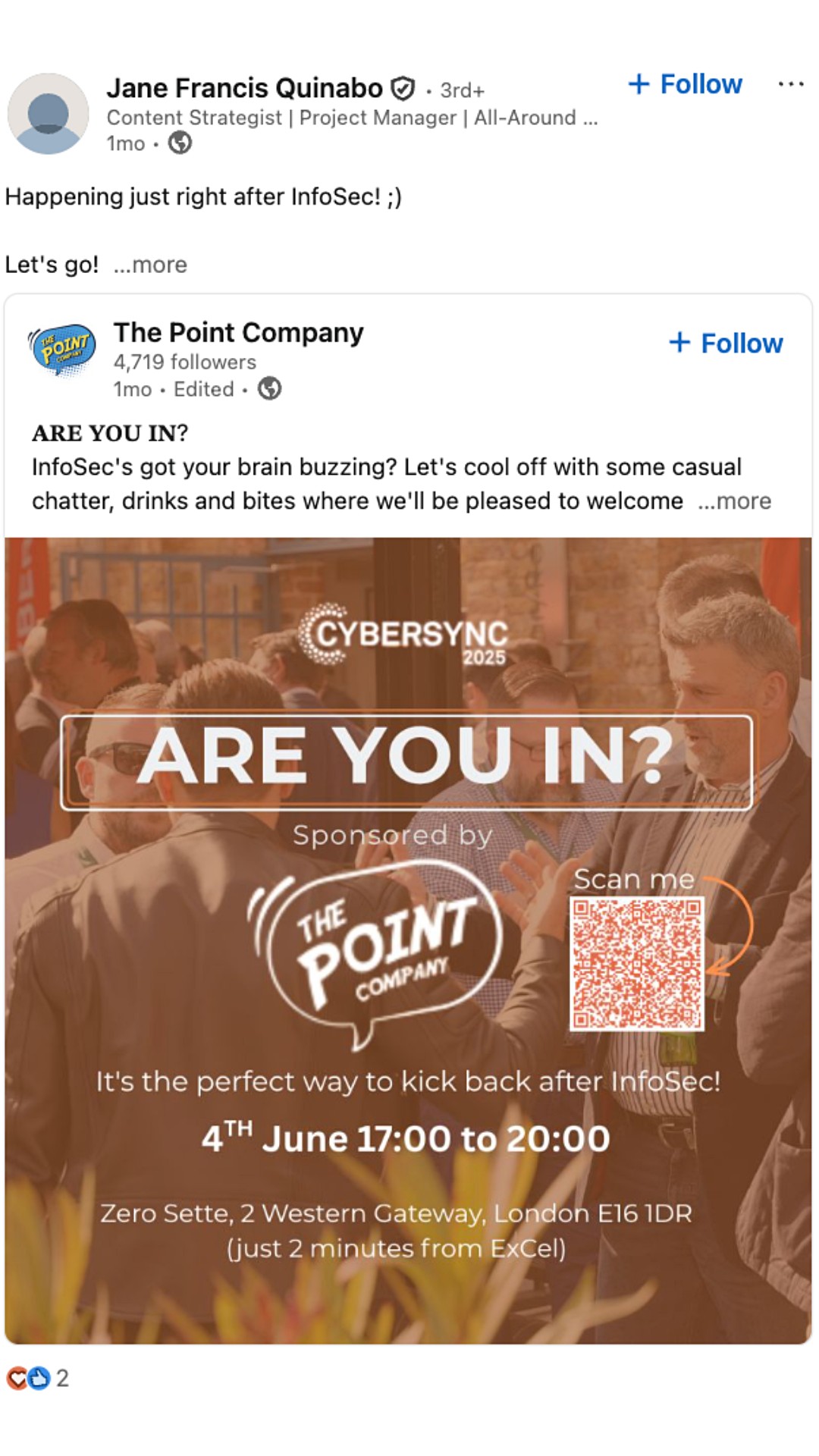
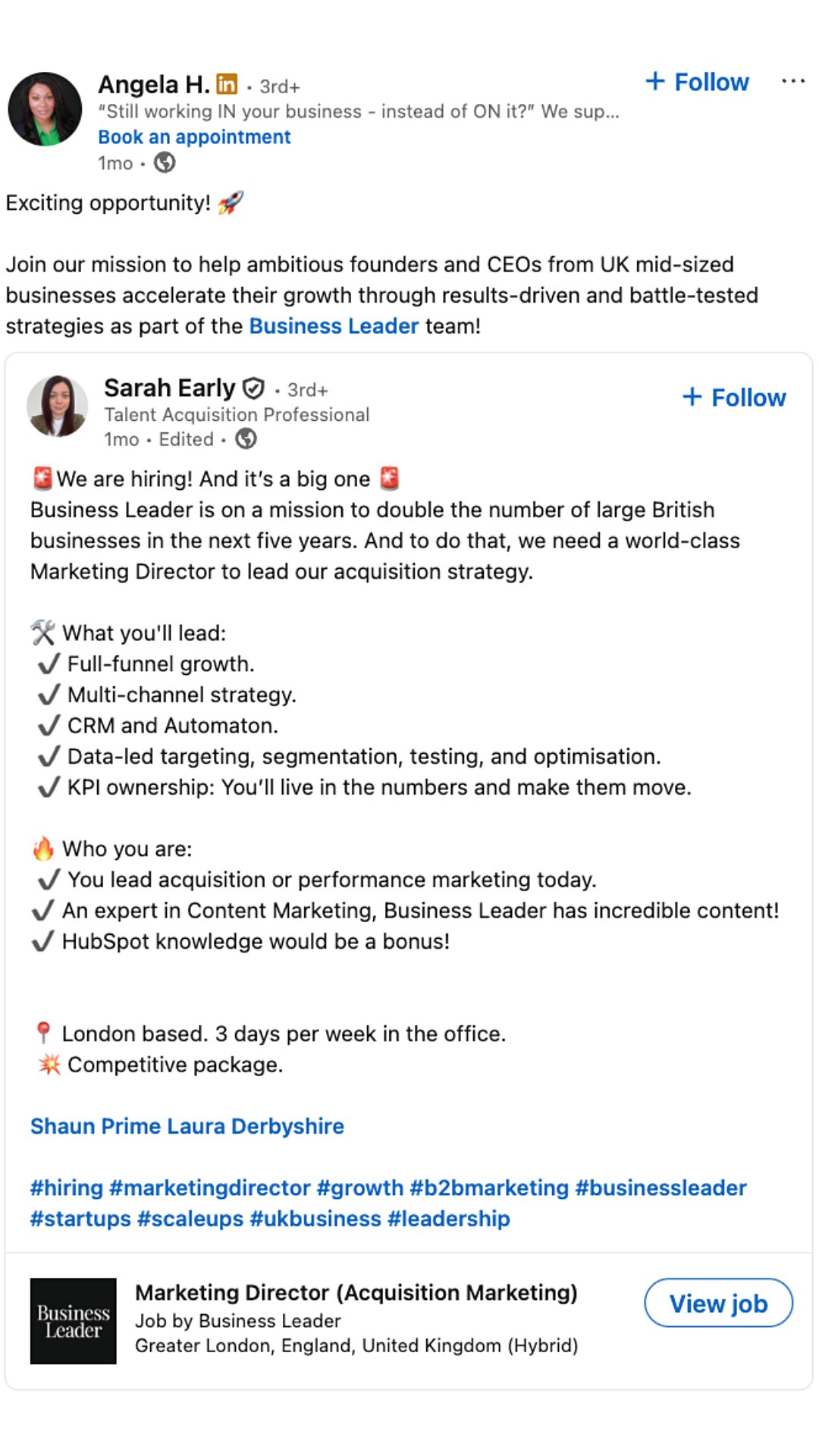
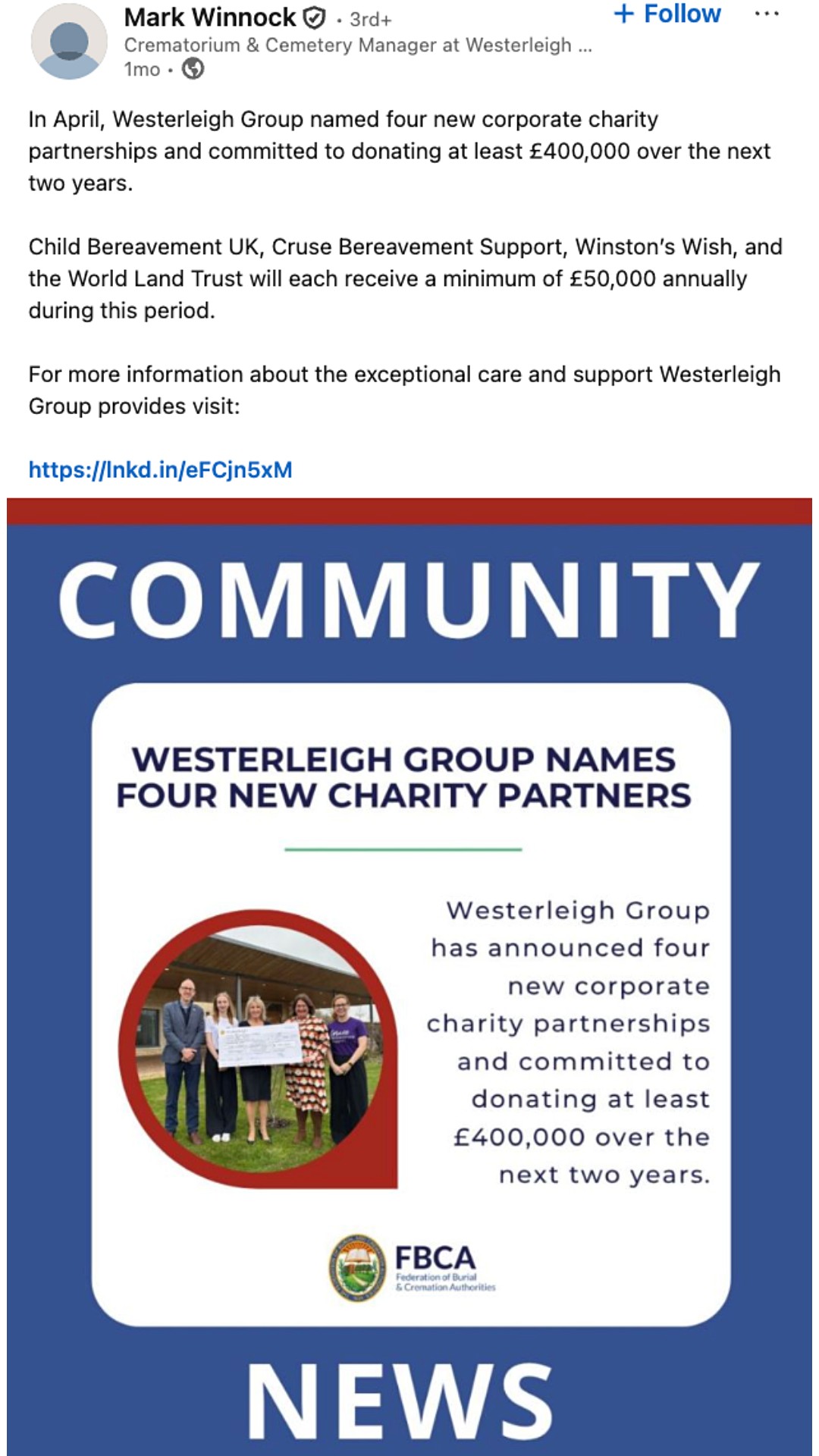
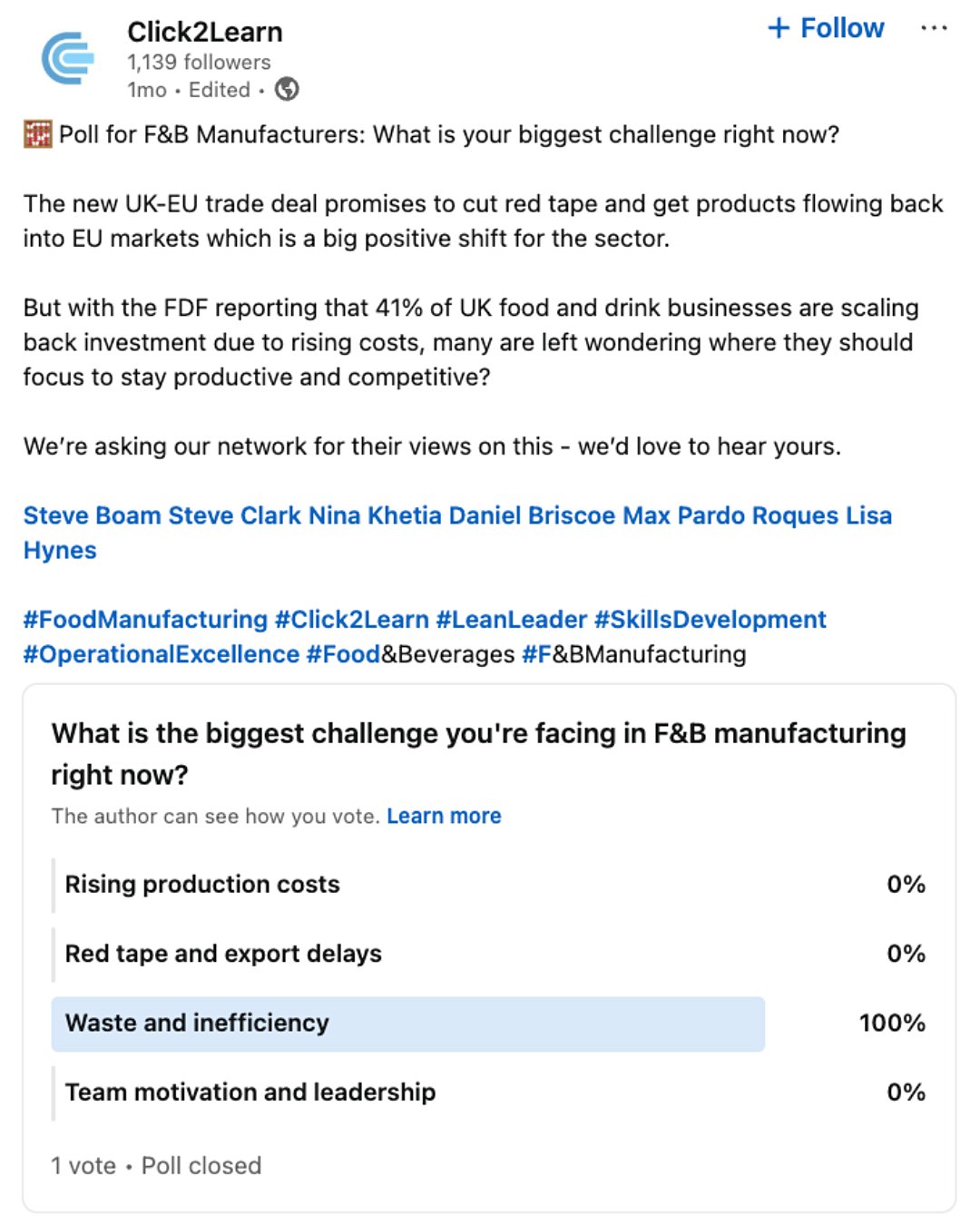
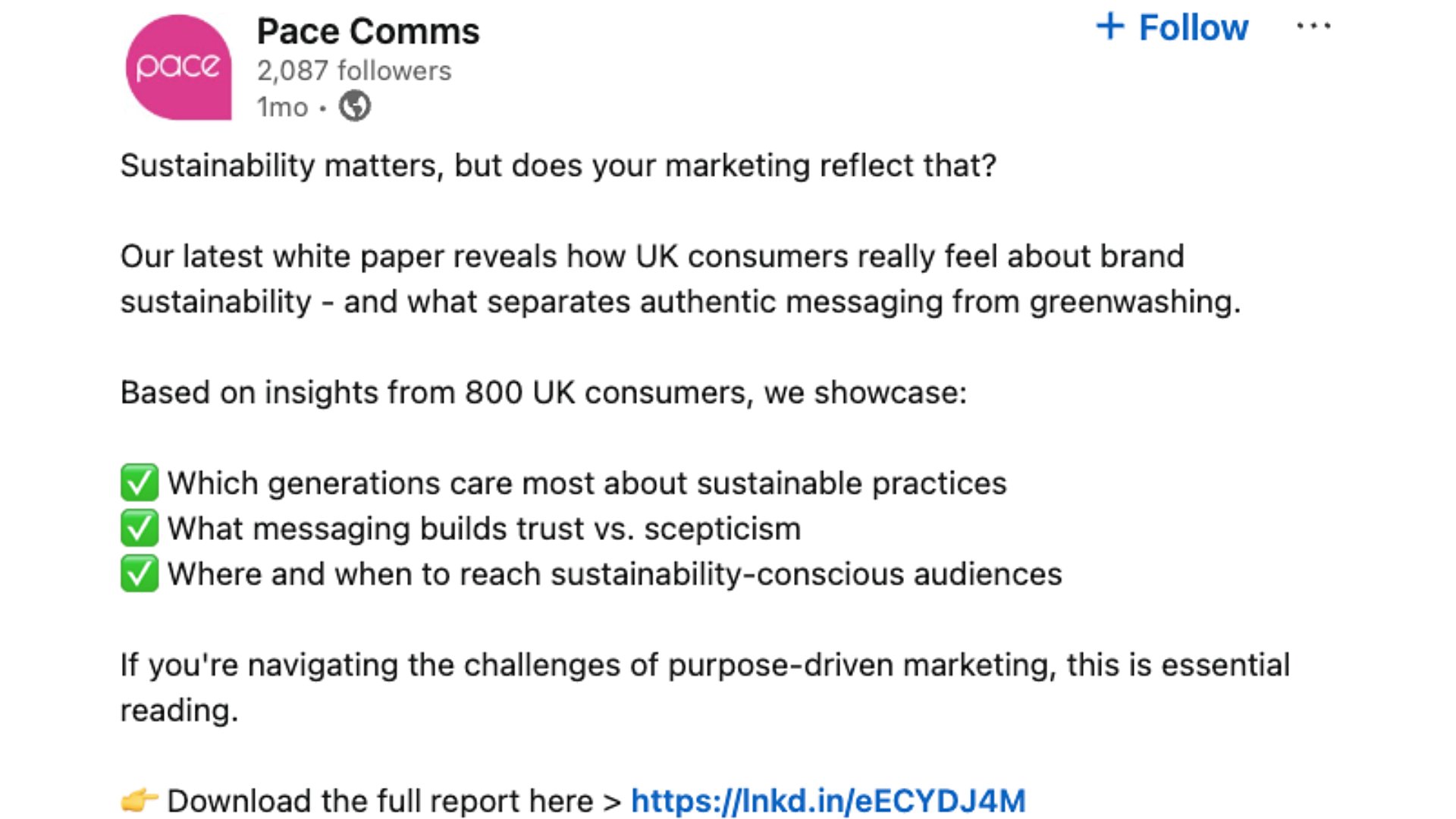
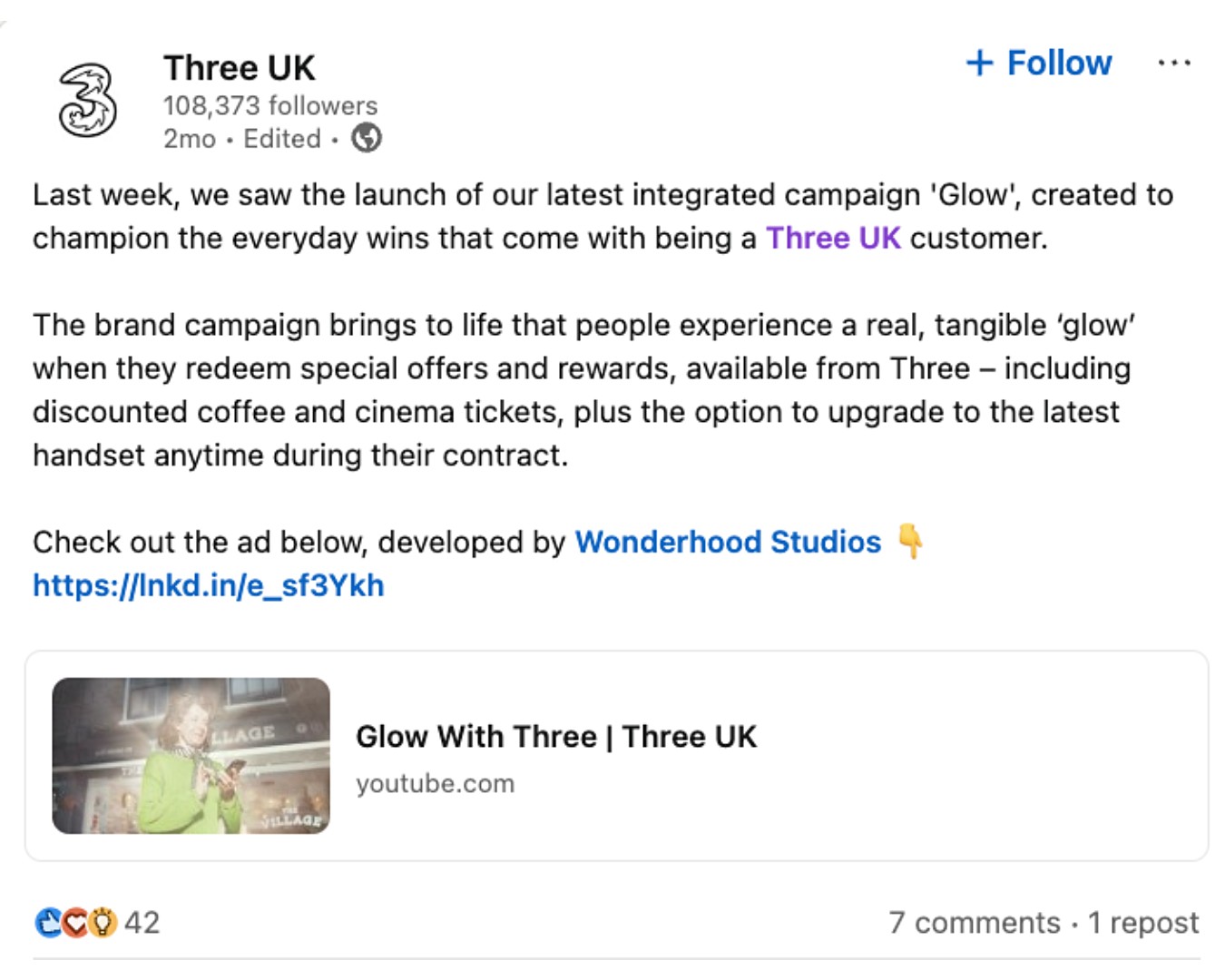
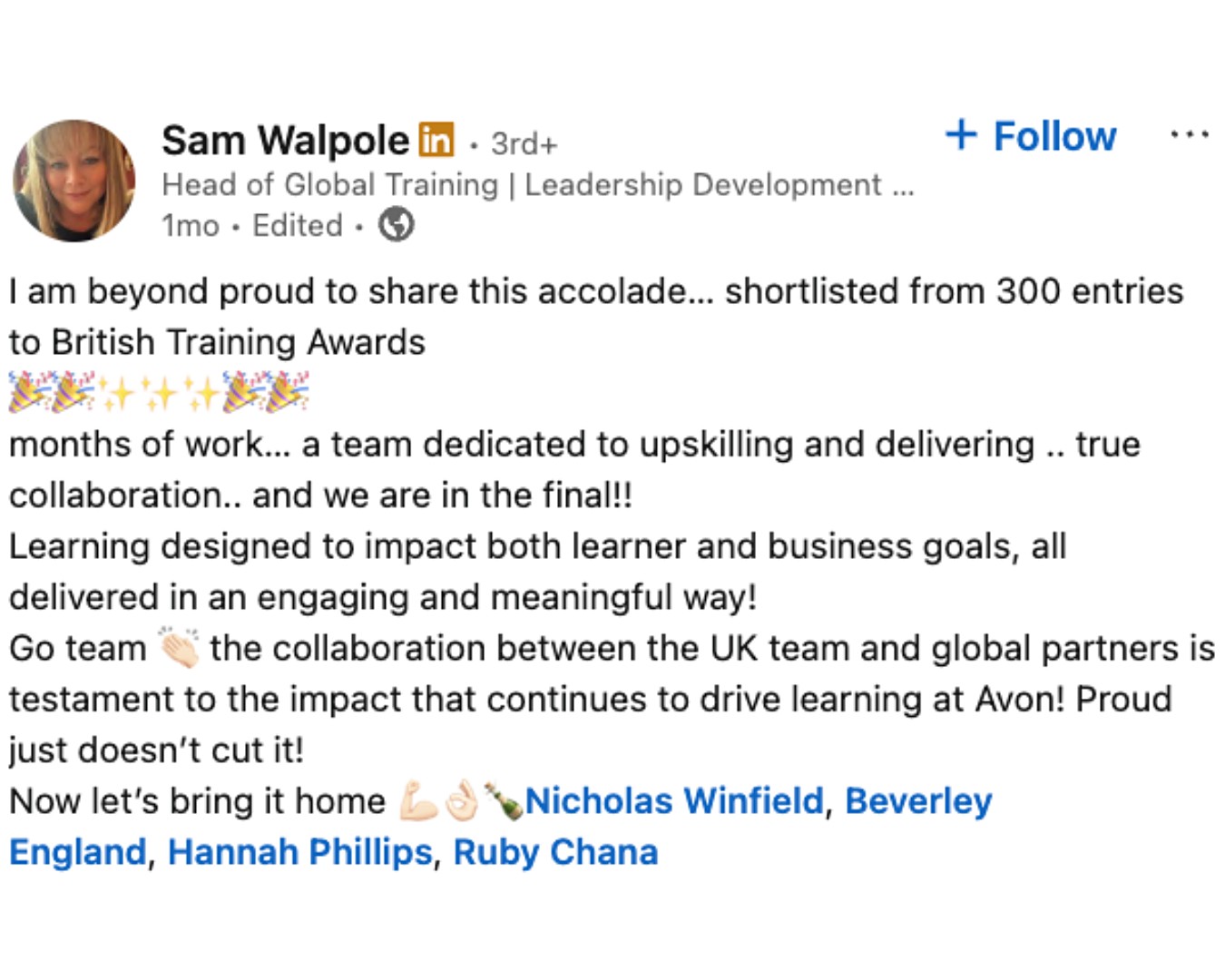
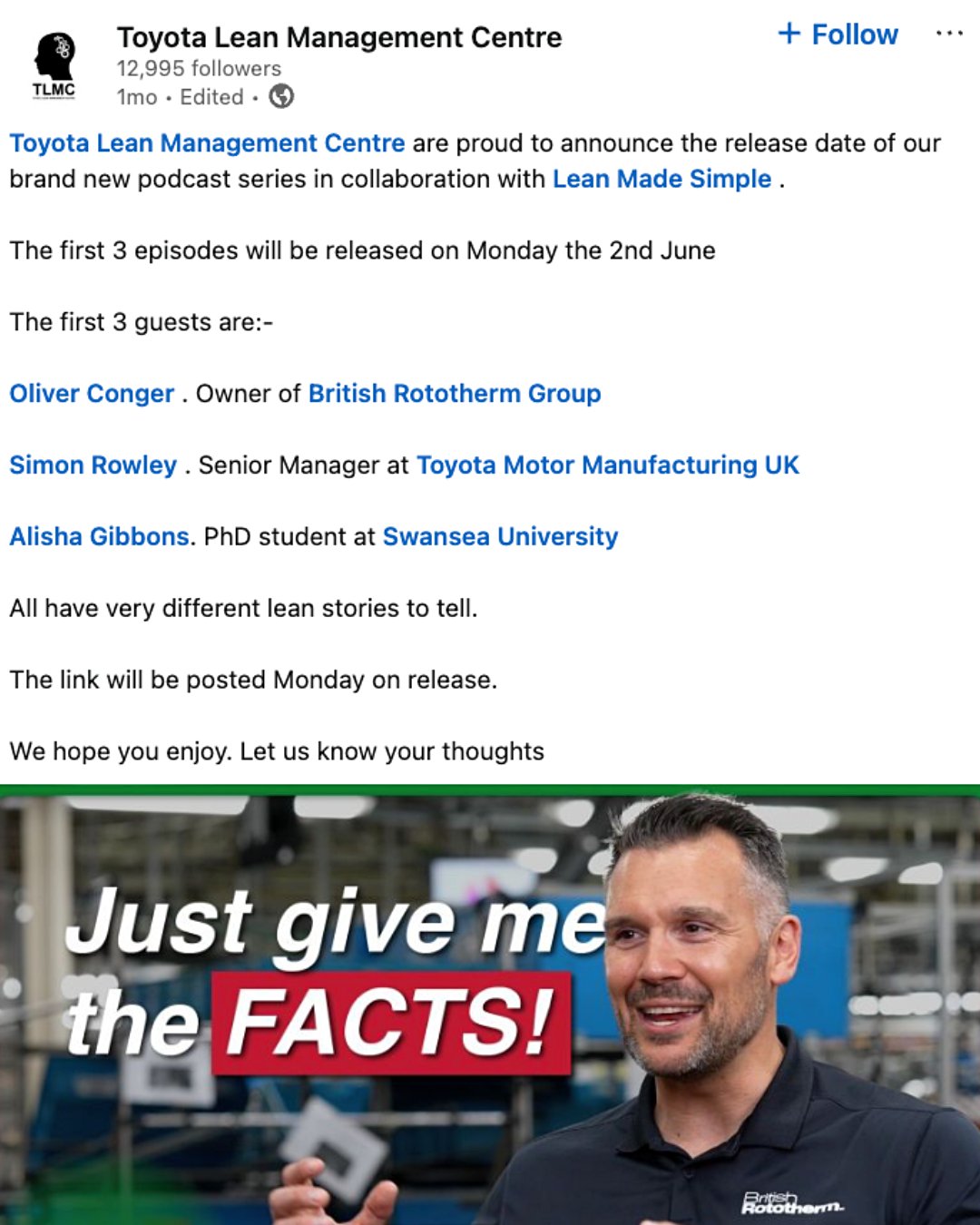


Share